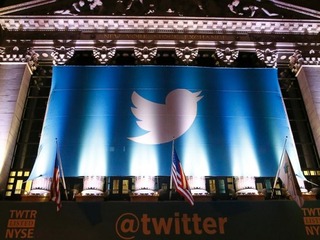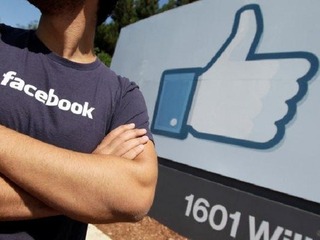

Twitter‘s stock is not doing so great these days: it is trading near its all-time low, and investors are worried about slowing usage numbers. Add to that the looming threat of the company’s first major share lockup expires on May 6th, and things could get really rough for Twitter really soon.
There are at least three people who are showing that they still have confidence in the company’s long term financial success: two of its co-founder and its CEO.
But company co-founders Jack Dorsey and Evan Williams, along with Chief Executive Officer Dick Costolo, have all agreed to hold on to their stock for at least a year, according to a filing with the Securities and Exchange Commission on Monday.
“Jack Dorsey and Evan Williams, co-founders of Twitter, and our Chief Executive Officer, Richard Costolo, have informed us that they have no current plans to sell any of their shares of Twitter common stock,” Twitter Chief Financial Officer Mike Gupta wrote in the filing.
If they do eventually decide to sell their shares, Dorsey, Williams and Costolo will all have to comply with an SEC rule that will not allow them to sell until 90 days after the company’s next lockup ends.
“We require any 10b5-1 Plan to be entered into during an open trading window and to have a “cooling-off” period, so the earliest Messrs. Dorsey, Williams and Costolo could sell would be 90 days after our next open window,” the filing states.
The three executives are not the only ones holding off: one of the company’s biggest shareholder, Benchmark, also said that it will not be selling its stock after the first lockup ends as well.
In all, roughly 500 million shares of stock will be eligible to be sold for the first time since the company went public back in November. Lockup periods are put in place to prevent large shareholders from flooding the market immediately following the company’s IPO.
The pledge made by Dorsey, Williams and Costolo is reminiscent of one made by Mark Zuckerberg in September 2012, when he said he would hold onto his stock for at least a year after the company’s biggest lockup ended that November.
That gambit seemed to work: even though 800 million shares were released, the company’s stock jumped over 11%. Obviously Twitter would love it if the same thing happened early next month.
Plunging stock
Twitter has plenty to worry about, with the way its stock is currently heading. The stock closed at $40.05 this past Friday; the only time it closed lower was when in November when it went down to $39.06.
In one month the stock lost nearly $14 after closing at $54.02 on April 11th. In fact, the numbers have been steadily declining since February 5th, the date that Twitter released its fourth quarter, and full year, earnings report. Back then it was trading at $65.97 a share, roughly $25 more than it is now.
While the company beat Wall Street expectations, posting quarterly revenue of $243 million and EPS of $0.02, the stock was slammed based on two factors: big losses, and slowing user growth.
Twitter saw a net loss of $511 million, more than double its quarterly revenue. The company saw a net loss of $9 million in the same period the year before.
Even more ominously, Twitter only saw its average monthly active users (MAUs) grow 30% year to year to 241 million, while mobile MAUs increased 37% to 184 million. Despite Costolo’s reassurance that the company would be “doubling down” on usage growth, investors still seem skittish about those numbers.
Twitter will get a chance to get investors back on board on April 29th, a week before its lockup period ends, when it posts its Q1 2014 revenue. If numbers have improved that could go a long way toward preventing a mass selloff that would cause the stock to dip.
Shares of Twitter are up 2.65%, or $1.06, to $41.11 a share in Monday early.
(Image source: abcnews.go.com)




















